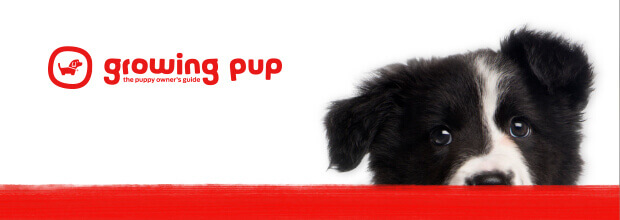The Chiweenie originated in the late 1990s in North America, as a result of breeders wanting to develop a small companion dog that would fit into any owner’s life, no matter how small their home and garden, whilst also eliminating some of the issues that come from Dachshunds and their long bodies.
The Chiweenie is a relatively young breed, but the Dachshund and Chihuahua have both been established for a very long time. So, to better understand the origin of the Chiweenie, delving into the origins of the breeds that make up its lineage is required.
The Dachshund for one is classified as a hound dog, as a result of a mistranslation of the German word ‘hund’. However, this breed was created to go to earth, so technically that makes it a terrier! Their name means ‘Badger Dog’ which gives you a clue as to both their quarry and just how fearless they had to be to go down a hole after one.
The earliest records of the Dachshund dates from 1735, although it’s thought that they existed long before then, and at certain times in their history have included being crossed with French Basset Hounds. Once they arrived in England, selective breeding produced a longer, lower more streamlined dog and they found favour with the nobility, Queen Victoria owned several.
For working Dachshunds, there was a need for a smaller dog who could go down rabbit holes rather than the larger badger setts, and so selective breeding of smaller individuals followed to produce both a smaller dog, but also one with a narrower chest. The first Miniature Dachshunds arrived in England in 1909.
There have been all kinds of suggestions as to where the Long-Haired and Wire-Haired varieties got their coats from, (including breeding to setters or spaniels, or breeding to Irish Terriers or Scottish Terriers) and there do seem to be differing temperaments in the different coat types with some saying the Long-Haireds are the more laid back and the Wire-Haireds more active.
The Chihuahua on the other hand originated in Mexico and is widely known as the smallest breed in the world. The breed’s history however, is lost in the mists of time and there are varying opinions as to what they were bred for. One theory is that they were a companion dog for the high-born during the Aztec period who, when their owners died, would be buried with them supposedly to show them the way to the afterlife. Another popular belief is that they were created much later in the Middle Ages, by crossing the lapdogs of wealthy Spanish settlers with the existing small dogs existing in the country. Other opinions suggest that it was small Chinese dogs who contributed to the Chihuahua (which may account for the long coats). But whatever the reality, these tiny dogs were popular in Mexico in the 19th century when American visitors began to take an interest in them, taking them back as a memento of their visit. By 1923, the Chihuahua Club of America had been formed.
The Chiweenie can have any combination of the two breeds in their appearance, behaviour and temperament.













